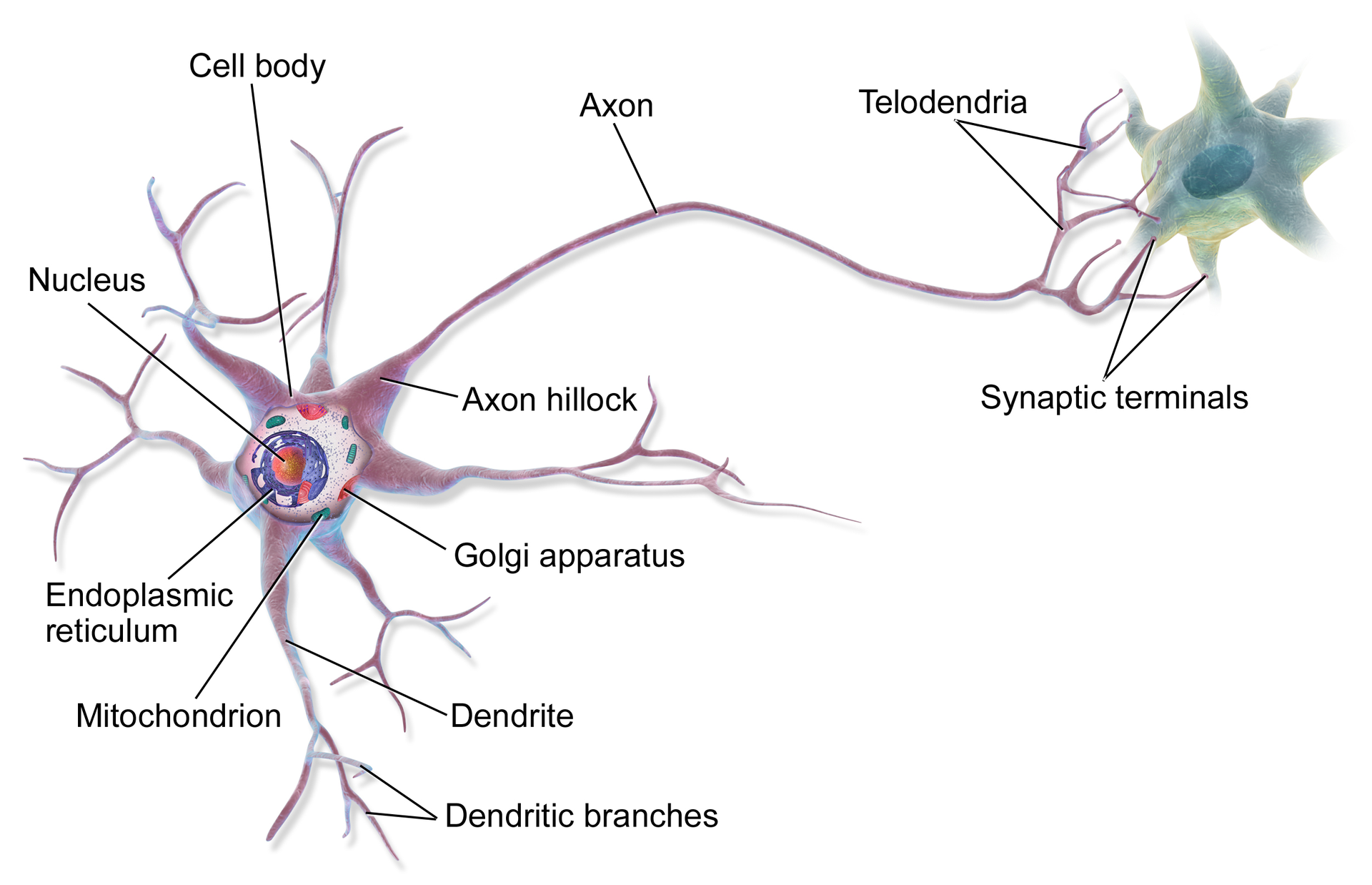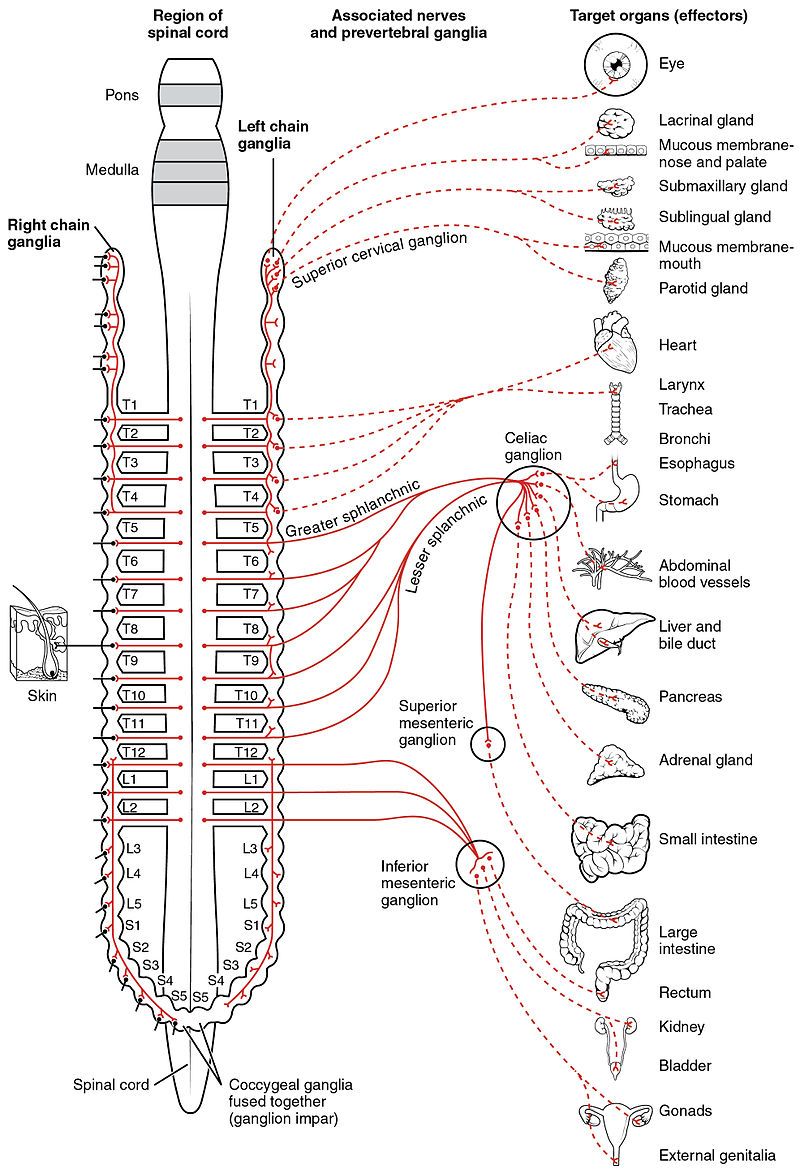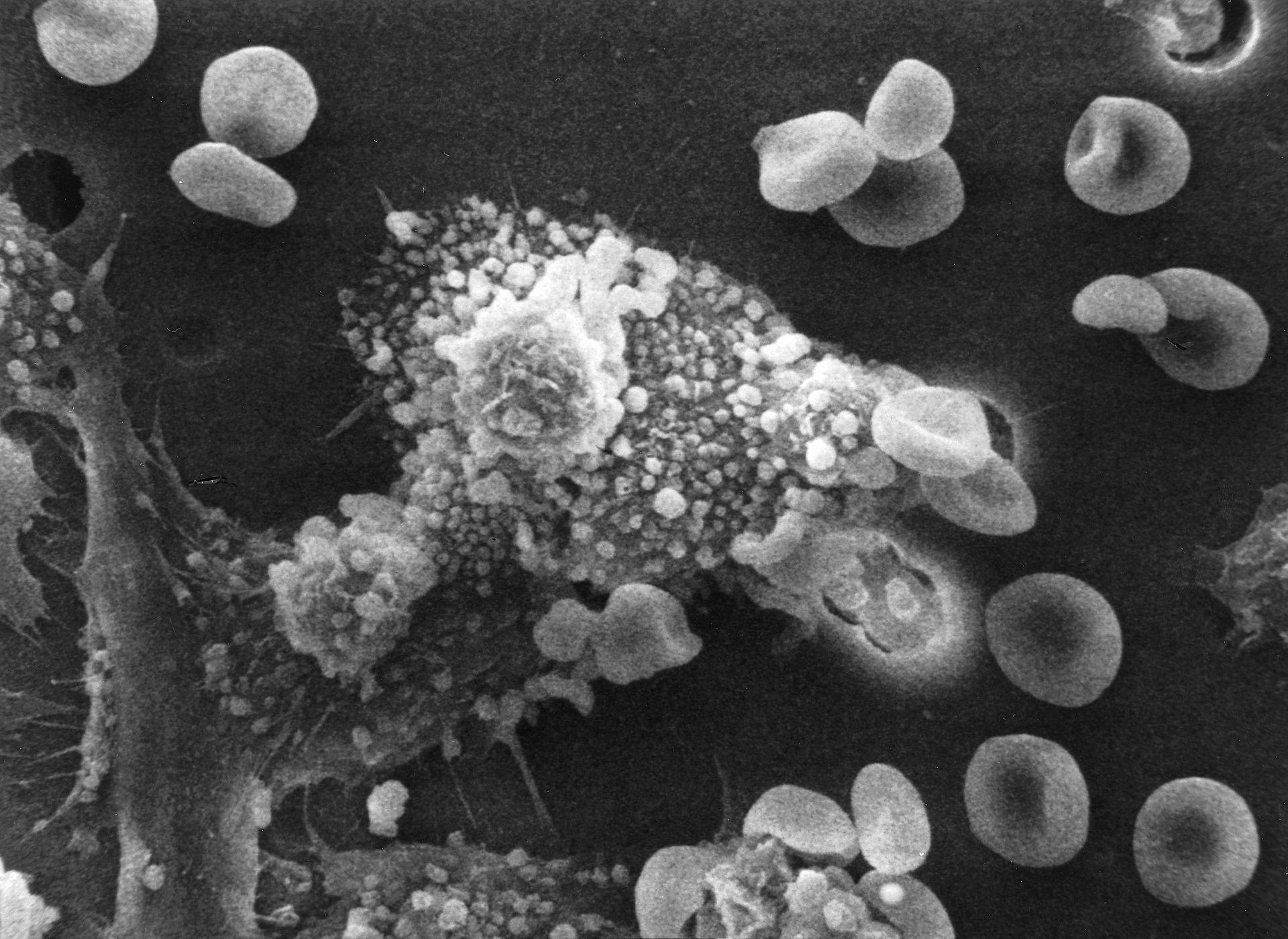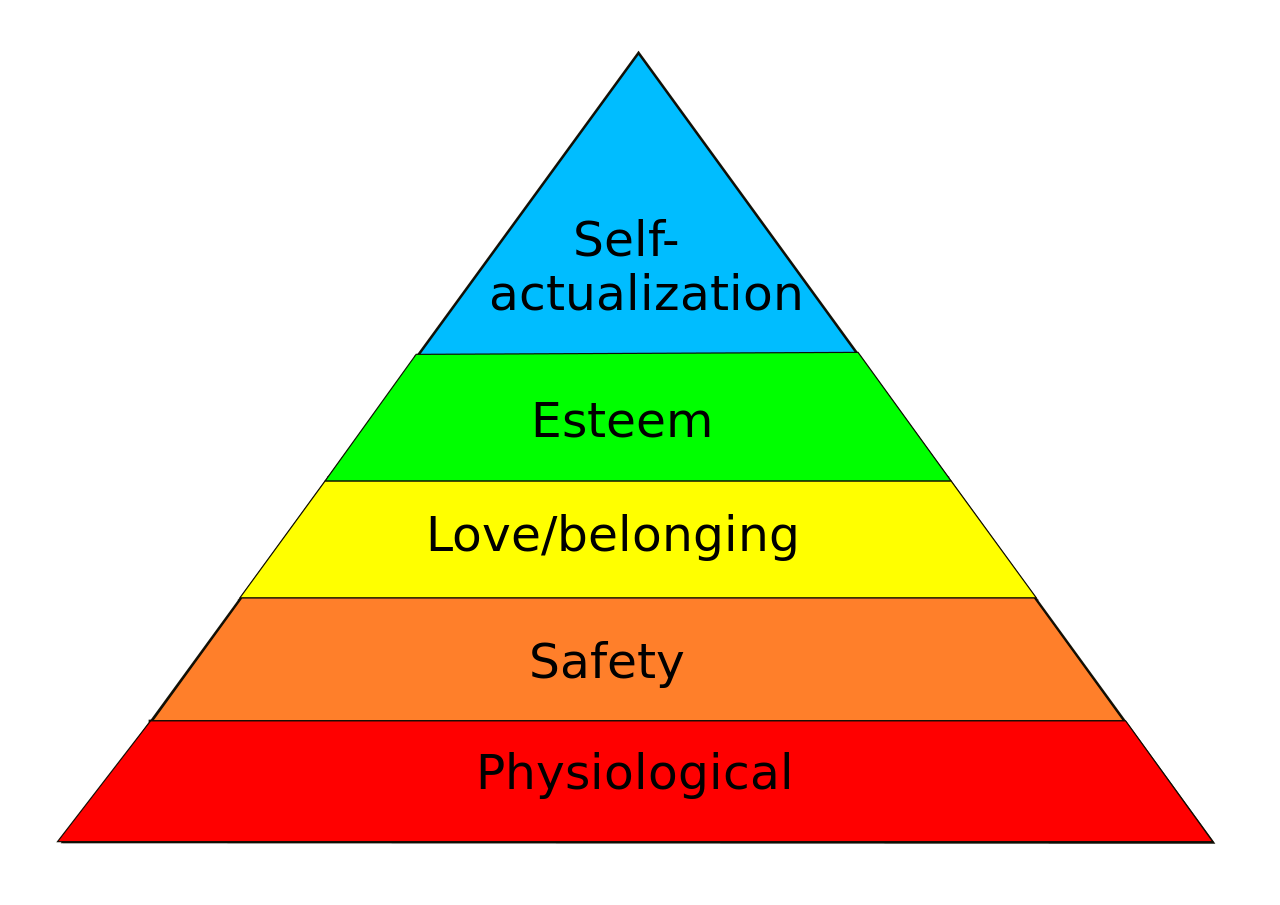Jordan • • 17 min read
17 Scientifically Proven Superhuman Benefits of Exercise

Everyone knows that physical exercise is one of the best things you can do for your cardiovascular health. But few understand the incredible mental benefits of exercise.
In this post you’ll find out the research-proven ways exercise can quite literally make you superhuman. Here’s a quick taste of what you’ll learn:
- Exercise alleviates depression better than anti-depressant drugs.
- Exercise increases bone mineral density, giving you rock hard bones.
- Exercise ramps up testosterone, sex drive, motivation and confidence.
- Exercise will help you remember things longer and learn substantially faster.
But that’s just the tip of the iceberg…
Sedentary Nation
The Center for Disease Control and Prevention recommends at least 20 minutes of moderate to intense activity each day such as walking, running, swimming, and cycling to maintain neurobiological health. [8]
As of 2013, 79.7% of US adults aged 18 or older did not meet the Physical Activity Guidelines for both aerobic physical and muscle-strengthening activity [6].
We are a sedentary nation.
If looking good is a huge priority to you then maybe you won’t find it difficult to muster the energy to workout on a consistent basis for the entirety of your life. But equating exercise with vanity is kind of missing the point.
The mind and the body are one. If you value learning, reading, and self-improvement but don’t have a gym membership or take long walks, you’re hindering your progress unnecessarily.
In Mason Currey’s book ‘Daily Rituals: How Artist’s Work‘, an overwhelming majority of the famous artists and authors mentioned included daily walking into their daily routine.
John Medina in his best-selling ‘Brain Rules: 12 Principles for Surviving and Thriving at Work, Home and School‘ has exercise as the first brain rule in the book.
Exercise is the real deal no matter your age, profession or lifestyle. But if you still struggle to find the time to exercise, here are 17 superhuman reasons why you ought to start:
1) Improved Mental Agility
The executive functions are a set of processes that enable us to self-regulate, plan, focus attention, remember instructions, and multi-task. These functions serve the brain by filtering out distractions, prioritising tasks, setting and achieving goals, and controlling impulses. Brain training apps summarise these functions as ‘mental agility’.
A large body of research shows the benefits of exercise on executive functions. For example, a study conducted by Alves et al., (2012), found that both acute aerobic and strength exercise contributed to a substantial increase in mental agility [1].
What is fascinating about the existing research on physical activity and executive function is that improvements can be seen with only minimal bouts of exercise (i.e. 20 to 30 minutes of exercise).
2) Accelerated Learning
A person’s cognition is their set of all mental abilities and processes related to creativity and learning. Based upon this definition, much research has shown that physical activity is directly correlated with improved cognitive processes in all ages.
This enhancement of cognitive functioning occurs following periods of physical exercise by increasing the amount of blood flow to the brain. This supports cognitive functioning by providing the brain with essential nutrients such as glucose and oxygen.
Perhaps the most important neurobiological phenomenon that contributes to improved cognitive processes when being physically active is the enhanced levels of brain-derived neurotropic factor. This protein, encoded by the BDNF gene, helps to stimulate neural activity and synaptic communication. This stimulation leads to enhanced learning capacities and higher thinking capabilities.
If you have exercised today your reading comprehension would be higher right now.
One of the best books on exercise’s role on the brain is Spark: The Revolutionary New Science of Exercise on the Brain. Highly recommended.
3) Reverses Neurodegenerative Disease
As stated above, BDNF can enhance cognition. This occurs due to neurogenesis processes, which is the growth and development of new neurons. A neuron is a cell that transmits information throughout the body by a way of electrical signals.

Anatomy of a multipolar neuron (wikipedia)
Unfortunately, neurons are lost throughout a lifetime due to the aging process. This phenomenon is known as neurodegeneration and can contribute to the onset of Amyotrophic lateral sclerosis (ALS), Parkinson’s, Alzheimer’s, and Huntington’s disease.
However, routine exercise has shown great promise in reversing the effects of neurodegenerative loss.
A study conducted by Ang, Tai, Lo, Seet, and Soong (2010), found that sustained exercise regimens seemed to promote neurogenesis and neurodegeneration. [2]
These findings are encouraging because physical activity not only reduces neuronal loses that are correlated with aging but also promotes new neuronal growth.
These neurobiological benefits of exercise could be revolutionary in preventing and treating neurodegenerative diseases as there is currently no existing pharmaceutical treatment options available for neuronal loss.
4) Super Power Memory
In 1986 world record holding memory champion Harry Lorayne wrote a book called ‘How to Develop a Super Power Memory‘. Inside he teaches you lots of mnemonic techniques that help you cement things in your long term memory.
It’s a fantastic read (I use it for phone numbers), but at no point did he mention exercise as a means to develop a super power memory. This was a mistake.
Physical activity can help stimulate the processes of encoding, storing, and retrieving information, otherwise known as memory.
As we age, the hippocampus shrinks which leads to impaired memory. However, researchers have found that individuals who are more physically fit display larger hippocampal and medial lobe volumes.
A study conducted by Erickson et al., (2011) found that aerobic exercise has a direct correlation to hippocampal perfusion and growth. [4]
As a result of this physiological response, memory is enhanced while exercising and for temporary periods following physical activity. Thus, if someone was to spend at least 30 minutes a day partaking in some sort of physical activity, optimal levels of memory recall would be achieved.
Another physiological benefit of exercise is glutamate. Glutamate, which is the most common neurotransmitter in the brain, plays a primary role in memory recall by activating N-methyl-D-aspartate receptors (NMDA receptor) within the hippocampus. NMDA receptor activation has been found to be associated with enhanced formation capabilities of new memories.
As a result of this knowledge, it could be suggested that those who exercise more frequently perform better, on average, with memorization recall then those who do not exercise.
If you had exercised today, you’d remember more of this article later.
5) Stress Reduction, Pleasure Induction
Various environmental conditions can trigger the onset of biological stress. Whether you are stressed about work, school, or interpersonal relationships, stress is associated with having a negative impact on a person’s mental and physical wellbeing.

Human beings biologically respond to stress through the activation of the sympathetic nervous system, which helps dealing with stressful events and stimuli. However, sympathetic nervous system activation cannot be sustained for long periods of time.
After a time the parasympathetic nervous system kicks in. Parasympathetic nervous system activation triggers a series of biological processes that result in bringing the body back to a state of equilibrium.
Physical exercise comes into play by decreasing activity in the sympathetic nervous system, while increasing parasympathetic nervous system activity. Thus, physical exercise, especially aerobic exercise, contributes to a state of biological equilibrium that results in a reduction of stress.
Moreover, exercise is associated with high secretion levels of endorphins from the brain. [15]
Endorphins are neurotransmitters found in the pituitary gland and other areas of the nervous system. These neurotransmitters are responsible for the brain’s “feel good” responses and help us suppress the sympathetic nervous system, which ultimately results in improved mood and lower stress levels.
You might have heard of this function referred to as a “runner’s high”. When physically active, our body suppresses pain. However, when finished with an exercise regimen our brain rushes high levels of endorphins throughout the nervous system, which simulates a euphoric “high”.
Sometimes just experiencing this ‘runners high’ a few times will help you stay motivated for much longer. Exercise has rewards beyond basic health and appearance.
6) Anti Depression
As with stress, the endorphins that are released during physical activity can act as a non-pharmacological agent for alleviating depression and anxiety.
Personally, I like to think of physical exercise as a form of meditation, only in motion. Like meditation, physical exercise boosts endorphin secretion. This boost of “feel good” chemicals within the brain can help to improve mood, create a more positive outlook on life, and act as a distraction from your worries.
Due to these benefits, physical exercise can act as a healthy, non-pharmaceutical coping strategy for depression and anxiety.
Studies generally show exercise on a par with antidepressants but the positive effects last much longer when the intervention comes from exercise.
Read: 26 Scientifically Proven Superhuman Benefits of Meditation
7) Boosts Happiness Set Point
The absence of depression doesn’t guarantee happiness. But exercising does.
I’m not a therapist, but if I was, the first prescription I’d give my patients would be exercise.
— Tal Ben Shahar, Professor of Positive Psychology, Harvard
Exercise releases endorphins. These feel good chemicals are essential in shifting a person’s mood from a depressed state to a happy one and physical activity is a direct pathway to making this shift happen.
(There are other benefits of exercise that we’ll get to shortly that also increase happiness.)
8) Strengthens Immune System
Our immune system consists of biological structures and processes that protect us against disease. When functioning properly, our immune system protects us against pathogens by way of antibodies that recognize and respond to antigens.
Antibodies are proteins that are produced by the immune system. These proteins are designed to combat antigens such as bacteria or viruses. Once the antibody has detected the foreign agent, it binds itself to the antigen and signals for the arrival of T-cells. These T-cells work for the immune system and are designed to find and destroy any existing antigens within the body. [5]

Immune system: macrophages attacking cancer cell. (wiki)
Physical activity has been directly linked to producing optimal levels of antibodies to protect us against various illnesses and diseases. For example, researchers show that exercise can increase antibody production by as much as 300%. [9]
These astonishing findings show the importance of developing physical exercise regimens when striving for a healthier existence.
9) Supercharged Sex Drive
Establishing physical activity routines will also promote a healthy libido.
For various reasons, some individuals may suffer from a low sex drive. This may cause embarrassment due to perceived stigmas attached to having a low libido and may even prevent an individual from seeking help (i.e. going to the doctor), or seeking new relationships.
However, both males and females can increase their libido by simply exercising. Moreover, regular exercising will help a person establish a healthy body image, leading to an improved sense of self.
Exercising can help to generate confidence and an improved level of self-esteem (more on this shortly). In return, this will lead to a positive impact on neurobiological processes such as hormone equilibrium, cortisol levels, and blood flow.
Partaking in exercise can help to boost testosterone levels in men and women. This constant boost in testosterone will help stimulate a person’s sex drive. What is encouraging about the link between physical activity and increased sex drive is that physical activity acts as a non-pharmacological agent. As a result, exercise could be an intervention strategy for individuals who are uncomfortable with presenting their sexual problems to a physician.
Physical activity is a discrete yet effective method to increase one’s sex drive, competitiveness and motivation.
10) Prevents DNA Damage (Cancer)
According to a study at the Lund University Diabetes Centre in Sweden (2013), exercise can have neurobiological benefits at the DNA level. [12]
More specifically, the researchers found that exercise was associated with beneficial gene methylation processes.
A person’s genes can be turned on and off and whether a particular gene is turned on or off depends on the biochemical signals they receive through a process called methylation. Gene methylation is a process that binds a methyl group containing clusters of carbon and hydrogen atoms to a gene. This methyl group signals the gene to turn on or off. What is interesting about the methylation process is that it greatly depends on a person’s lifestyle.

Folding protein. (wiki)
The researchers at Lund University studied a cohort of men who lived sedentary lifestyles. The researchers then established physical activity routines for the men to abide by for a 6-month period. These men gave cell samples at the beginning and end of the study. What the researchers found was a significant number of DNA methylation changes in the study subjects. [12]
In particular, the researchers found that genes related to diabetes, obesity, and cardiovascular disease presented beneficial methyl group alterations after the 6-month period. These findings could have great value as this phenomenon continues to be studied and more gene-disease related combinations are discovered. Regardless, it is fascinating to think that physical activity could effect gene expression in such a powerful manner.
Because DNA damage is the cause of cancer, exercise, then, can prevent cancer.
11) Rock Solid Self-Esteem
Self-esteem reflects a person’s perception of his or her own worth.
In Abraham Maslow’s hierarchy of needs, “esteem” is one of the five terms used to describe the pattern that human motivations generally move through. From this understanding it can be suggested that when we behave in certain ways, our emotions will follow suit.

For example, when one exercises, they are treating their body in a respectful manner, which will ultimately lead to an increased level of self-esteem. The self-perception of seeing oneself engage in a positive habit consistently also proves to ourselves that we are capable human beings.
A study conducted by Sonstroem and Morgan (1989), examined the rationale and model in which exercise correlates with enhanced feelings of self-esteem. [14]
The researchers identified enhanced self-esteem as an empirically supported exercise outcome. The rationale for this increase in self-esteem was rooted in dimensions of competence and self-acceptance by the study subjects.
More specifically, exercising will lead to an improved physiological and psychological perception of one’s self, which is, in essence, enhanced self-esteem.
12) Focus & Motivation
When feeling fatigued many people look for some sort of stimulation that will help boost energy and motivation in order to keep up with various life events. Such stimulants include caffeine, protein bars, and naps. However, according to the research, physical activity may be the most beneficial stimulate of all for boosting focus, energy and motivation.
It may sound counterintuitive, but researcher and co-director of the University of Georgia exercise psychology laboratory Patrick O’Conner, Phd, states that expending energy by engaging in regular exercise could lead to increased energy levels in the long run. [17]
O’Conner says:
“A lot of times when people are fatigued, the last thing they want to do is exercise, but if you’re physically inactive and fatigued, being just a bit more active will help”.
So what neurobiological mechanisms contribute to this increased energy boost?
The answer to this question lies within the production of norepinephrine, which is a type of neurotransmitter responsible for constricting blood vessels and increasing blood pressure and blood glucose levels.

Norepinephrine structure. (wiki)
Norepinephrine acts as an adrenaline factor and is released when partaking in physical activities. As a result, regular exercise can lead to higher levels of norepinephrine that will contribute to a boost in energy and motivation.
These boosted levels of energy and motivation can lead to better life outcomes such as improved work habits, better grades as a result of more vigilant study routines, and an ambulant social life.
13) Recovery from Addiction (Willpower)

Exercise is a therapeutic agent for various substance abuse disorders such as alcohol and smoking addiction.
According to researchers Zschucke, Heinz, and Strohle (2012), physical exercise contributes to neurochemical alterations in individuals with substance abuse disorders. [18]
Individuals suffering from substance addiction often display dysfunctions in dopaminergic, glutamatergic, and opioidergic neurotransmission, which have been linked to craving and relapse.
Physical activity has been found to reuptake these transmitter systems and provide a crutch to individuals in the rehabilitation process.
This is encouraging news for individuals who suffer from substance addiction as physical activity is a non-pharmacological intervention strategy that promotes neurobiological changes in one of the safest ways possible.
Do you have an addiction to smoking, alcohol or pornography? Exercising will give your brain a ladder to climb out of the mental prison of addiction.
14) Deeper Sleep
Sufficient sleep is a fundamental aspect to health promotion and chronic disease prevention. In 2013, 25% of the United States population reported not getting enough sleep while 10% complained of chronic insomnia. [13]
According to recent findings, perhaps people should be resorting to physical exercise instead of sleeping pills when attempting to improve their sleep quality.
For example, scientists at Northwestern University used a cohort study design that took a group of adults who lived sedentary lifestyles and complained of inadequate sleep quality. The researchers then grouped these individuals into either a group that exercised 20 minutes a day for four times a week or a group that continued with their sedentary behavior. What the researchers found was that the group who became physically active displayed improved sleeping patterns while the sedentary group did not. [7]
Additionally, the physically active group reported less feelings of tiredness throughout the day, more vitality, and vigorousness.
Read: How to Get Better Sleep: The Beginner’s Guide to Overcoming Sleep Deprivation
15) Super Strength
Our bones, muscles, and joints are literally what hold our lives together. Exercise is an acute stressor and our bodies adapt to this stressor by getting stronger. Ligaments, bones and muscles increase in density with consistent exercising.
Osteoarthritis is a form of arthritis in which the protective cartilage at the ends of our bones wear down over time. However, this decline in joint functioning can be reversed through physical activity as it will help to keep joints from stiffening and surrounding tissue from weakening.
On the other hand, osteoporosis is a bone disease that is characterized by a decline in bone density and mass. Physical activity can be used to offset the effects of this disease due to the improvements of balance and flexibility. As a result of these improvements, individuals are less likely to experience bone fractures and breaks.
Physical exercise can also help to build strong muscles, which, well, makes us stronger. I don’t know how to put it any other way. Building strong muscles will contribute to a more balanced, flexible, leaner sense of self and will also help to protect deeper tissue, bones, and joints from injury.
Read: The No Bullshit Guide to Vitamins: 8 Supplements You Actually Need
16) Hearty Heart
Numerous studies have linked physical activity with improved cardiovascular functions. As stated earlier, the Centers for Disease Control and Prevention recommends at least 20 minutes of aerobic exercise each day to promote a healthy lifestyle. [8]
According to the World Health Organization, cardiovascular diseases killed 17.5 million people worldwide in 2012. [16]
This equates to 3 out of every 10 deaths. Cardiovascular diseases refer to those involving the heart or blood vessels such as ischemic heart disease (heart attack), stroke, hypertensive heart disease, rheumatic heart disease, aortic aneurysms, and cardiomyopathy among many others, which can be caused by high blood pressure, obesity, or high blood cholesterol.
20 minutes of physical activity each day can help to reduce the risk of cardiovascular diseases by one third in adults. [11]
Exercise reduces the risk of cardiovascular disease due to its assistance in blood glucose control, blood pressure regulation, insulin sensitivity, and weight loss.
I like to think of our heart as the core of life, along with the brain. Physical exercise can help to promote cognitive functioning within the brain. Here, it is evident that physical exercise can promote healthy heart functioning, which can decrease the risk of falling victim to the number one killer in the world.
17) Life Extension
If you need some quantitative data to get you towards living a longer life then here it is.
The United States Women’s Hospital and the National Cancer Institute found that 75 minutes of brisk walking per week (10.7 minutes per day) equates to an extra 1.8 years of extended life (that number will seem bigger as you get older). [10]
Increase that to 150 – 299 minutes of brisk walking per week (21.4 – 42.7 minutes per day) and expect to gain an additional 3.4 years of life.
Make that 450 minutes per week (about an hour a day) and expect to extend your life 4.5 years or nearly half a decade. [10]
Exercise isn’t a waste of time. It’s an investment of time.
If it isn’t obvious yet, physical activity promotes optimal health and optimal health is associated with living a longer life.
I enjoy my life and want to keep experiencing it. I know time can be sparse and sometimes it seems like there just isn’t enough of it to fit in periods of physical activity. Or, perhaps fatigue has set in and working out is the last thing we want to do. But YOU and I can do it. We will find the time and energy to be physically active because our lives depend on it. I don’t know of any other inspiration greater than life itself.
It is only 20 minutes a day. That’s waking up 20 minutes earlier to fit it a quick run. That’s riding your bike to work or school instead of driving or riding the bus. That’s playing a sport you love in the backyard. There are no hard rules other than moving your body.
Superhuman Benefits of Exercise Summed Up
Exercise has enormous benefits at the neurobiological level. In fact, the benefits seem endless, especially as more and more research is surfacing each day. I could have written a longer list of exercise benefits but contemplated that only the keys points were necessary in establishing an understanding of the phenomenon involved.
Now you know how exercise can make your smarter, it would be utterly idiotic not to do it. Get up, get moving, fly (or run).
References
- Alves, C., Gualano, B., Takao, P., Avakian, P., Fernandes, R., Morine, D., Takito, M. (2012). Effects of acute physical exercise on executive functions: a comparison between aerobic and strength exercise. National Institutes of Health. Retrieved from http://www.ncbi.nlm.nih.gov/pubmed/22889693
- 2. Ang, E.,Tai, Y., Lo, S., Seet, R., Soong, T. (2010). Neurodegenerative diseases: exercising toward neurogenesis and neuroregeneration. National Institute of Health. Retrieved from http://www.ncbi.nlm.nih.gov/pubmed/20725635
- Carnegie Mellon University. (2006). Happy People Are Healthier, Psychologist Says. ScienceDaily. Retrieved February 19, 2015 from www.sciencedaily.com/releases/2006/11/061108103655.htm
- Erickson, K., Voss, M., Prakash, R., Basak, C., Szabo, A., Chaddock, L., Kim, J., Heo, S., Alves, H., White, S., Woicicki, T., Mailey, E., Vieira, V., Martin, S., Pence, B., Woods, J., McAuley, E., Kramer, A. (2011). Exercisetraining increases size of hippocampus and improves memory. National Institutes of Health. Retrieved from http://www.ncbi.nlm.nih.gov/pubmed/21282661/
- Exercise and Immunity. (2012). National Institute of Health. Retrieved from http://www.nlm.nih.gov/medlineplus/ency/article/007165.htm
- Exercise and Physical Activity. (2014). Centers for Disease Control and Prevention. Retrieved from http://www.cdc.gov/nchs/fastats/exercise.htm
- Hendrick, B. (2010). Exercise Helps You Sleep. WebMD. Retrieved from http://www.webmd.com/sleep-disorders/news/20100917/exercise-helps-you-sleep
- How much physical activity do adults needs? (2014). Centers for Disease Control and Prevention. Retrieved from http://www.cdc.gov/physicalactivity/everyone/guidelines/adults.html
- 9. Nieman, D., Nehlson-Cannarella, S. (1991). The effects of acute and chronic exercise of immunoglobulins. National Institute of Health. Retrieved from http://www.ncbi.nlm.nih.gov/pubmed/2047622
- Pasolini, A. (2012). US study quantifies the effects of exercise on life expectancy. PLOS Medline. Retrieved from http://www.gizmag.com/physical-activity-live-longer/24972/
- Prevention of Cardiovascular Disease. (2007). World Disease Organization. Retrieved from http://www.who.int/cardiovascular_diseases/publications/Prevention_of_Cardiovascular_Disease/en/
- 12. Ronn, T., Volkov, P., Davegardh, C., Dayeh, T., Hall, E., Olsson, A., Nilsson, E., Tornberg, A., Dekker Nitert, M., Eriksson, K., Jones, H., Groop, L., Ling, C. (2013). A six months exercise intervention influences the genome-wide DNA methylation pattern in human adipose tissue. National Institute of Health. Retrieved from http://www.ncbi.nlm.nih.gov/pubmed/23825961
- Sleep and Sleep Disorders. (2013). Centers for Disease Control and Prevention. Retrieved from http://www.cdc.gov/sleep/
- 14. Sonstroem, R., Morgan, W. (1989). Exercise and self-esteem: rationale and model. National Institute of Health. Retrieved from http://www.ncbi.nlm.nih.gov/pubmed/265991
- 15. Taylor, D., Bovailan, J., James, N., Woods, D., Chicz-Demet, A., Wilson, A., Sandman, C. (1994). Acidosis stimulates beta-endorphin release during exercise. National Institutes of Health. Retrieved from http://www.ncbi.nlm.nih.gov/pubmed/7836218
- Top 10 causes of death. (2012). World Health Organization. Retrieved from http://www.who.int/mediacentre/factsheets/fs310/en/index2.html
- Warner, J. (2006). Exercise Fights Fatigue, Boosts Energy. WebMD. Retrieved from http://www.webmd.com/diet/20061103/exercise-fights-fatigue-boosts-energy
- 18. Zschucke, E., Heinz, A., Strohle, A. (2012). Exercise and Physical Activity in the Therapy of Substance Use Disorders. National Institute of Health. Retrieved from http://www.ncbi.nlm.nih.gov/pmc/articles/PMC3354725/










